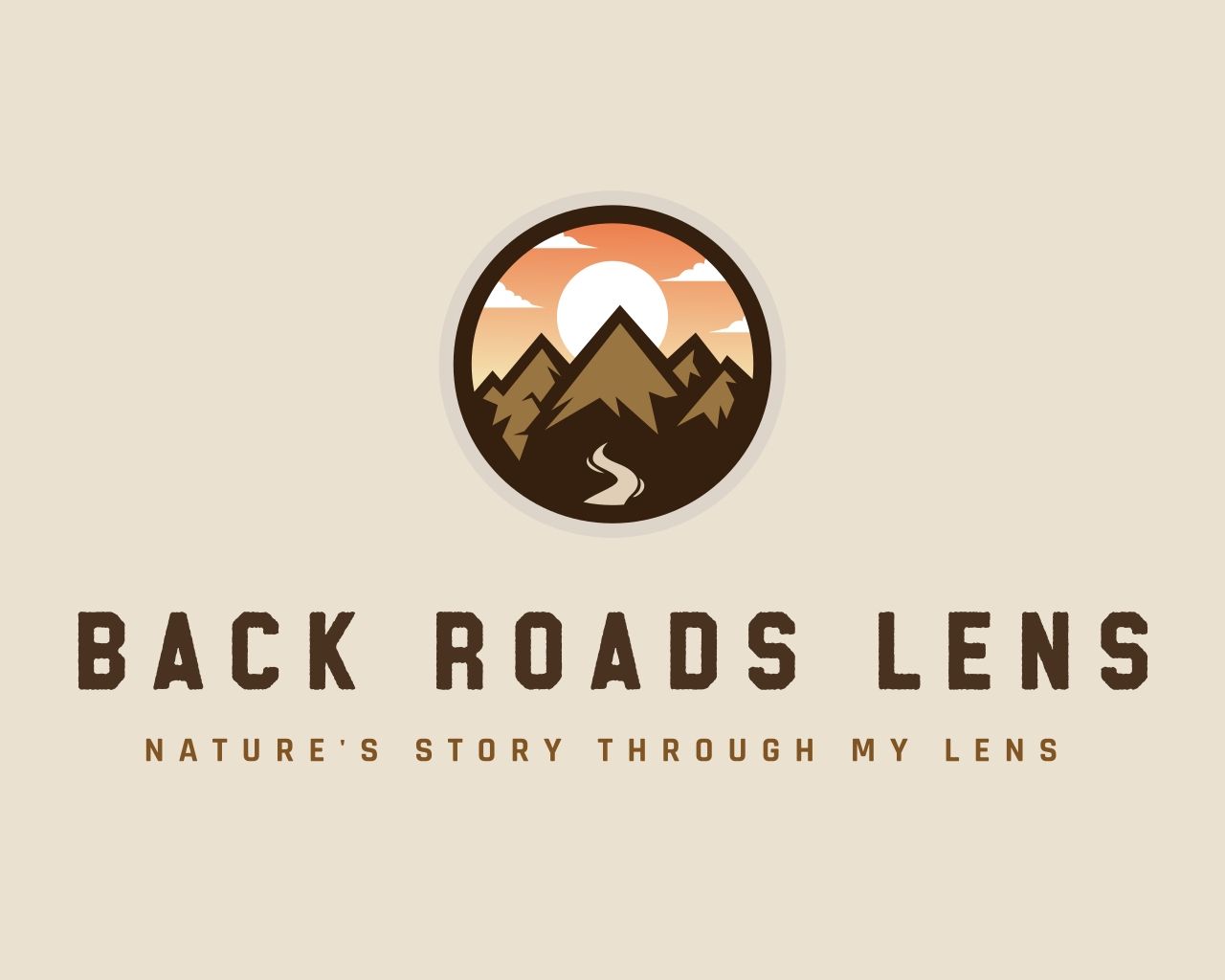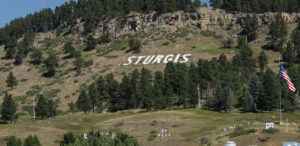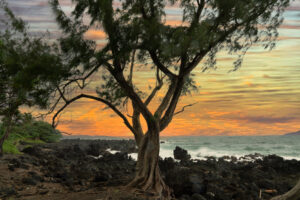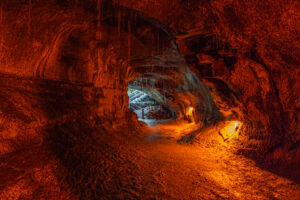Capturing Yellowstone National Park: Thermal Wonders & Iconic Landscapes
Introduction: A Photographer’s Dream in the Wild West
Nestled on top of a supervolcano, Yellowstone National Park is a surreal blend of geologic fury and pristine wilderness—an ideal destination for travelers, explorers, and photographers. Spanning across Wyoming, Montana, and Idaho, Yellowstone offers everything from technicolor hot springs to wildlife-packed valleys.
At Back Roads Lens, our goal is to uncover the soul of a place through storytelling and photography—and Yellowstone delivers on both in epic proportion. This guide breaks down the thermal features, main areas of the park, and must-visit locations for photographers.
Understanding Yellowstone National Park’s Thermal Features
Yellowstone boasts the highest concentration of geothermal activity in the world. These otherworldly features not only shape the landscape—they offer one-of-a-kind photographic opportunities.
1. Geysers
Geysers erupt when underground water, heated by magma, is forced to the surface. Some erupt like clockwork; others are unpredictable.
- Top Spot: Old Faithful – Erupts every 90 minutes; best photographed from the viewing area or with a zoom lens from Observation Point Trail.
- Other Highlights: Steamboat Geyser (the tallest), Castle Geyser, Riverside Geyser.
While Old Faithful is the most popular because its eruption can be predicted, it is not the most scenic geyser. Be sure to check out other geysers!! We were incredibly fortunate to witness Giant Geyser erupt during our visit to Yellowstone—a rare and awe-inspiring sight. As the second tallest geyser in the world, Giant is only surpassed by the unpredictable Steamboat Geyser. Its powerful eruption can shoot water over 250 feet into the air and can last for over an hour. We happened to be exploring another thermal feature nearby when we saw the towering column of steam rise in the distance. The photo below was captured from more than 400 yards away, a spontaneous moment that turned into one of the highlights of our trip.

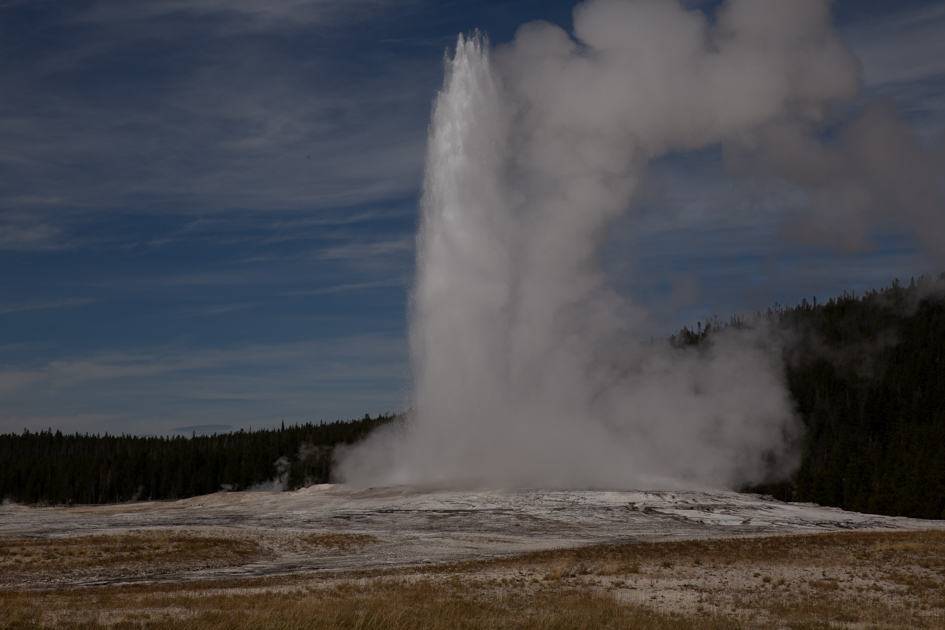
📷 Pro Tip: Use a telephoto lens during eruptions to compress background mountains for dramatic effect.
2. Hot Springs
Hot springs are colorful, calm pools rich in minerals and microbial life, creating surreal, saturated hues.
- Top Spot: Grand Prismatic Spring – The third-largest hot spring in the world, known for its rainbow rings.
- Access: Best viewed from the Fairy Falls Overlook Trail for wide-angle and drone-like perspectives (no drones allowed in the park).
📷 Pro Tip: Midday light enhances color saturation but go early or late for softer shadows and fewer crowds.
3. Mud Pots
Mud pots bubble with acidic, volcanic heat and are thick with minerals and gases. While not as vibrant, they add texture and contrast to your portfolio.
- Top Spot: Artists Paint Pots – Offers a variety of mud features, pastel mineral deposits, and a raised overlook.
📷 Pro Tip: Use a fast shutter speed to freeze bubbles mid-pop.
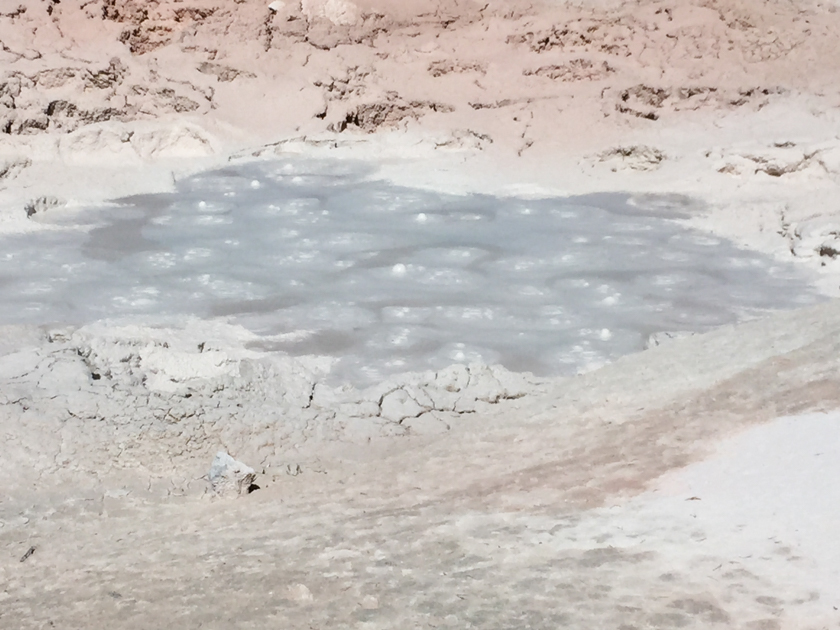
4. Fumaroles (Steam Vents)
The hottest of Yellowstone’s features, fumaroles release steam through vents and often hiss audibly.
- Top Spot: Roaring Mountain – A hillside alive with steaming vents and an eerie soundtrack.
📷 Pro Tip: Visit on a cool morning for thick, dramatic steam plumes.

Key Regions of Yellowstone National Park
Each region of Yellowstone offers distinct visual and environmental experiences. Here’s how to plan your trip:
1. Upper Geyser Basin (Old Faithful Area)
- Home to Old Faithful, Morning Glory Pool, and dozens of other geysers.
- Boardwalks provide access for all levels of photographers.
- Best For: Geyser activity, classic Yellowstone imagery.
2. Midway Geyser Basin
- Features Grand Prismatic Spring and Excelsior Geyser.
- Thermal runoff streams create rainbow-colored rivers.
- Best For: Aerial-style landscapes, thermal color saturation.
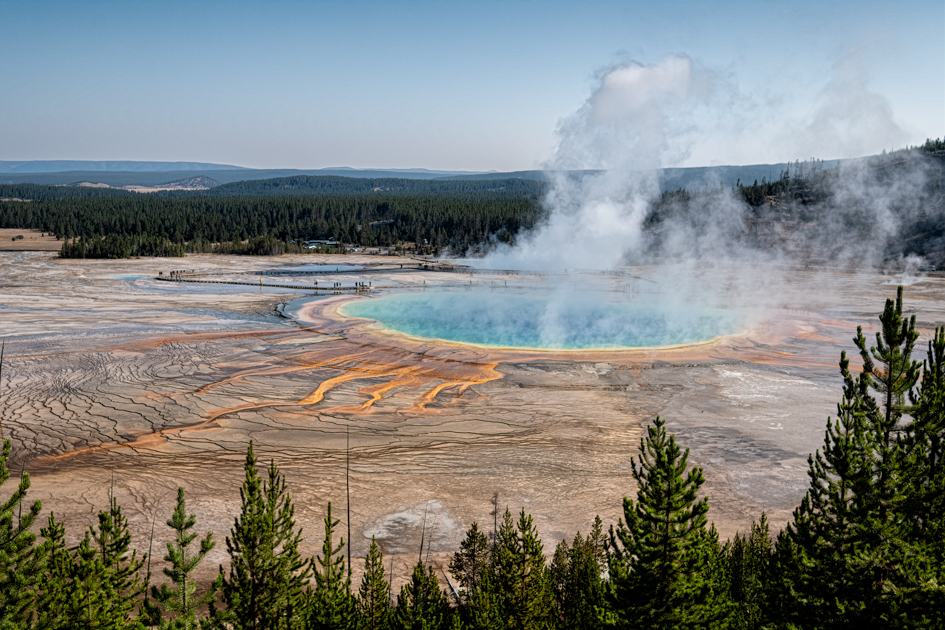
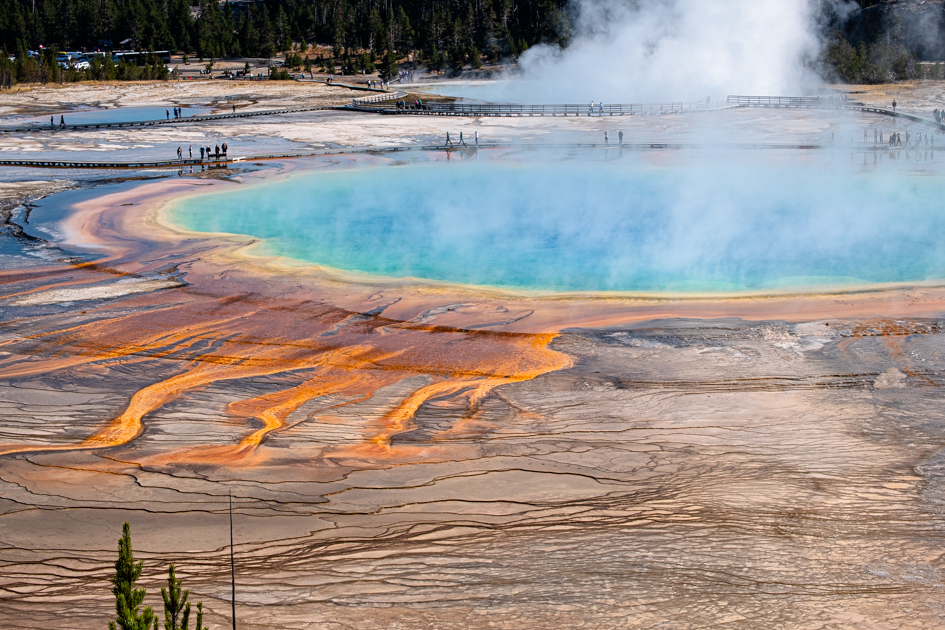
3. Norris Geyser Basin
- One of the hottest, most acidic areas.
- Unpredictable eruptions from Steamboat Geyser.
- Best For: Volcanic drama, abstract textures.

4. Mammoth Hot Springs
- Terraced travertine formations created by calcium-rich waters.
- Constantly evolving landscape.
- Best For: Geologic layers, natural black & white photography.

5. Yellowstone Lake & West Thumb Geyser Basin
- High-elevation lake bordered by geothermal features.
- Geysers bubble in the lake’s shallows.
- Best For: Water reflections, minimalistic compositions.

6. Grand Canyon of the Yellowstone
- A colorful canyon with two major waterfalls: Lower Falls (308 ft) and Upper Falls (109 ft).
- Viewpoints: Artist Point, Lookout Point, Red Rock Point.
- Best For: Long-exposure waterfall shots, sweeping landscapes.

7. Hayden Valley & Lamar Valley
- Wildlife-rich areas known for bison, wolves, elk, and bears.
- Best viewed at dawn or dusk.
- Best For: Wildlife photography, cinematic sunrise/sunset shots.

📷 Pro Tip: A 400mm+ lens is essential here. Bring binoculars, too.
Wildlife in Yellowstone National Park
Yellowstone National Park is a wildlife photographer’s paradise, home to an incredible diversity of animals thriving in vast, untamed landscapes. During our visit, we had the chance to capture stunning images of iconic species like majestic elk grazing in open meadows, elusive moose quietly navigating the forest edges, and massive buffalo herds roaming the plains with timeless grace. The park’s protected wilderness provides vital habitat for these and many other creatures, making every encounter feel like a rare gift. Whether you’re an avid wildlife watcher or a passionate photographer, Yellowstone offers unforgettable moments and scenes that showcase the raw beauty of North America’s wild heart.
On my first visit to Yellowstone, I really wanted to see a Bison. I was very excited when we saw one driving into the park. Don’t worry, you will see many, many bison!! Very often they will start a traffic jam as in the second picture below. I have to admit, that is my favorite kind of traffic jam!
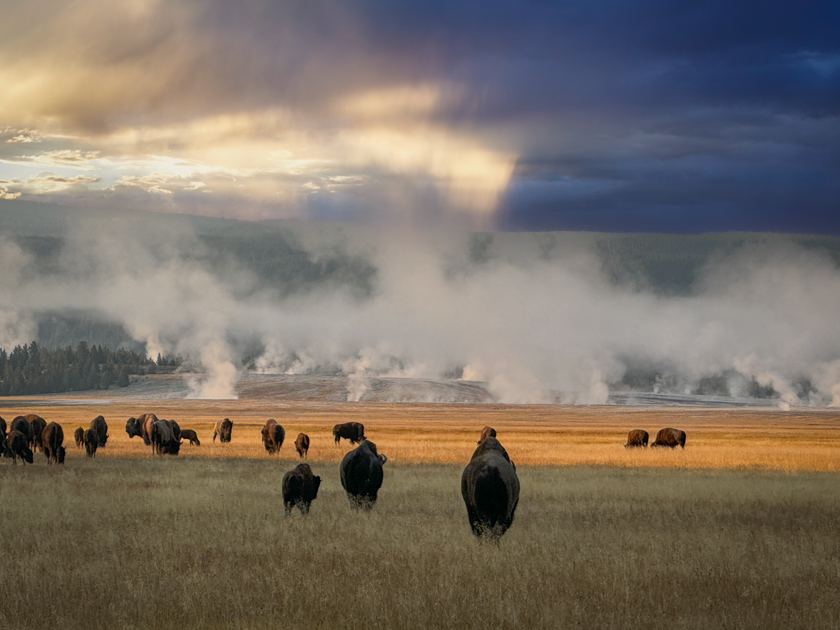

Where to Stay in Yellowstone National Park
Choosing where to stay in Yellowstone depends on your travel style, itinerary, and budget. The park offers several lodges inside its boundaries as well as convenient towns just outside the entrances. Below is a quick overview of the main lodging options inside Yellowstone, followed by pros and cons for each:
| Lodging | Location | Key Features |
|---|---|---|
| Canyon Lodge | Central Yellowstone, near Grand Canyon of Yellowstone | Largest in-park lodge, centrally located, great for exploring both geysers and canyon area |
| Old Faithful Inn | Upper Geyser Basin, near Old Faithful Geyser | Historic, iconic architecture, steps from Old Faithful and geyser basins |
| Mammoth Hot Springs Hotel | North entrance, near Mammoth Hot Springs | Close to northern park attractions and Lamar Valley wildlife viewing |
| Lake Yellowstone Hotel | Near Yellowstone Lake, southeastern part of the park | Historic hotel with lake views, close to Yellowstone Lake activities |
| Grant Village Lodge | Southwestern part of the park near Yellowstone Lake | Modern accommodations, quieter area, close to West Thumb Geyser Basin |
Pros and Cons of Each Yellowstone Lodge
Canyon Lodge
- Pros: Centrally located for easy access to major park attractions like the Grand Canyon of Yellowstone and geyser basins; largest lodge with many rooms; great for families and longer stays.
- Cons: Can be crowded during peak season; rooms may feel basic compared to historic lodges.
Old Faithful Inn
- Pros: Iconic, historic building with rustic charm; unbeatable location near Old Faithful Geyser and thermal features; perfect for photographers.
- Cons: Rooms are older with shared bathrooms; bookings fill up very quickly.
Mammoth Hot Springs Hotel
- Pros: Near northern park attractions and excellent wildlife viewing in Lamar Valley; less crowded; charming historic lodge.
- Cons: Far from central and southern park areas; limited dining options nearby.
Lake Yellowstone Hotel
- Pros: Historic elegance with stunning lake views; close to Yellowstone Lake and fishing or boating activities.
- Cons: Location is more remote; fewer nearby attractions compared to central lodges.
Grant Village Lodge
- Pros: Modern amenities; quieter location; close to West Thumb Geyser Basin and Yellowstone Lake.
- Cons: Furthest from many major park attractions; smaller lodge with limited services.
Staying Outside the Park: West Yellowstone
On subsequent trips, we stayed in West Yellowstone, just outside the park’s west entrance. It’s a popular base for many travelers due to its:
- Pros: Convenient access to the park; wide variety of restaurants, shops, and services; more affordable and flexible lodging options.
- Cons: Extra driving time to reach attractions on the park’s east and north sides; early morning drives required to beat crowds.
Whether you choose to stay inside the park for immersive access or in a nearby town like West Yellowstone for convenience and amenities, Yellowstone offers lodging options that fit nearly every traveler’s needs.
Best Times to Visit Yellowstone (For Travel & Photography)
| Season | Highlights | Photography Tip |
|---|---|---|
| Spring | Wildlife emerges; waterfalls full | Capture bison calves and snowy backdrops |
| Summer | Full park access; clear skies | Arrive early for crowd-free shots |
| Fall | Autumn colors; elk rutting season | Golden light and dramatic atmosphere |
| Winter | Snowy landscapes; thermal steam stands out | Use contrast to capture steam against snow |
Depending on the season you go to Yellowstone, make sure to check the National Park Service website for any closures.
🧳 Travel Tips for Photographers
- Gear to Pack: Tripod, ND filters, wide-angle and telephoto lenses, extra batteries.
- Stay Safe: Thermal areas are dangerous off-trail—always stay on the boardwalks.
- Lodging: Book inside the park early. Consider Gardiner or West Yellowstone for flexibility.
- Permits: Commercial photographers may need permits. Check NPS guidelines.
Conclusion: Yellowstone Through Your Lens
Yellowstone is one of the most photogenic and geologically fascinating places on Earth. From boiling rivers to stampeding bison, it’s a dynamic environment where every frame tells a story. Whether you’re shooting wide-angle landscapes or tracking wildlife with a telephoto lens, every trip into this natural wonder offers fresh inspiration.
At Back Roads Lens, we believe the best adventures are found off the beaten path—but Yellowstone proves that sometimes, the most iconic roads lead to unforgettable beauty.. If you would like to see other travel destinations, check out my other travel blogs.
